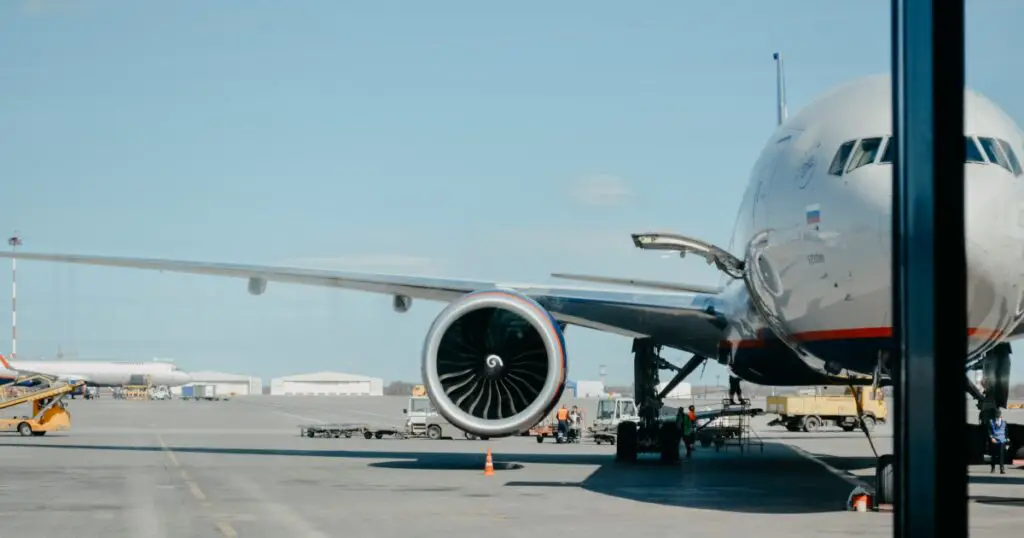- African carriers will post a loss of $638 million in 2022 and narrow it to $213 million in 2023, the International Air Transport Association (IATA) has revealed
- The African region is expected to serve 86.3% of pre-crisis demand levels with 83.9% of pre-crisis capacity
- Overall, the report noted that all regions’ financial performance continues to improve since the depth of the pandemic losses seen in 2020
The International Air Transport Association (IATA) has released new data indicating that African airlines will post a loss of $638 million in 2022 and narrow it to $213 million in 2023.
The report dubbed Economic Outlook & State of the Industry revealed that passenger demand growth of 27.4% in Africa is expected to outpace capacity growth of 21.9%. Further, IATA said that the region is expected to serve 86.3% of pre-crisis demand levels over the year with 83.9% of pre-crisis capacity.
Why African airlines will make losses in 2023
“Africa is particularly exposed to macroeconomic headwinds, which have increased the vulnerability of several economies and rendered connectivity more complex,” the report said.
The report noted that all regions’ financial performance continues to improve since the depth of the pandemic losses seen in 2020. Only airlines in North America have managed to return to profitability in 2022. Europe and the Middle East will join ranks with North America in the coming year, while Latin America, Africa, and Asia-Pacific will remain in the red.
Broken down, IATA said it expects North America airlines to realise profits of $9.9 billion in 2022 and $11.4 billion in 2023. In 2023, passenger demand growth of 6.4% will outpace capacity growth of 5.5%. Over the year, the region is expected to serve 97.2% of pre-crisis demand levels with 98.9% of pre-crisis capacity.
“Carriers in the region benefitted from fewer and shorter-lasting travel restrictions than many other countries and regions. This boosted the large US domestic market and international travel, notably across the Atlantic.”
At the same time, Asia-Pacific airlines are expected to post a loss of $10.0 billion in 2022, narrowing to a $6.6 billion loss in 2023. In 2023, passenger demand growth of 59.8% is expected to outpace capacity growth of 47.8%. Over the year, the region is expected to serve 70.8% of pre-crisis demand levels with 75.5% of pre-crisis capacity.
Airlines in Africa: The battle for skies
IATA noted that Asia-Pacific is critically held back by the impact of China’s zero COVID policies on travel, and the region’s losses are largely skewed by the performance of China’s airlines who face the full impact of this policy in both domestic and international markets.
“Taking a conservative view of progressive easing of restrictions in China over the second half of 2023, we nevertheless expect strong pent-up demand to fuel a quick rebound in the wake of any such moves. The region’s performance receives a significant boost from profitable air cargo markets, in which it is the largest player.”
Similarly, airlines in the Middle East will post an estimated loss of $1.1 billion this year and a profit of $268 million in 2023. In 2023, passenger demand growth of 23.4% is expected to outpace capacity growth of 21.2%. Over the year, the region is expected to serve 97.8% of pre-crisis demand levels with 94.5% of pre-crisis capacity.

IATA said the region has benefitted from a certain degree of re-routing resulting from the war in Ukraine and, more significantly so, from the pent-up travel demand using the region’s extensive global networks as international travel markets re-opened.
Global airlines to return to profitability in 2023
Overall, IATA said the global industry is expected to tip into profitability. Airlines are anticipated to earn a global net profit of $4.7 billion on revenues of $779 billion (0.6% net margin). The improvement will come despite growing economic uncertainties as global GDP growth slows to 1.3% (from 2.9% in 2022).
“Despite the economic uncertainties, there are plenty of reasons to be optimistic about 2023. Lower oil price inflation and continuing pent-up demand should help to keep costs in check as the strong growth trend continues. At the same time, with such thin margins, even an insignificant shift in any of these variables can shift the balance into negative territory. Vigilance and flexibility will be key,” said Willie Walsh, IATA’s Director General.
However, the challenges that airlines will face in 2023, while complex, will fall into the sector’s areas of experience.
Walsh noted that the industry had built a great capability to adjust to fluctuations in the economy, major cost items like fuel prices, and passenger preference.
“We see this demonstrated in the decade of strengthening profitability following the 2008 Global Financial Crisis and ending with the pandemic. And encouragingly, there are plenty of jobs, and the majority of people are confident to travel even with an uncertain economic outlook.”
Kenya Airways and South African Airways seek to create new Pan African Airline Group by 2023











